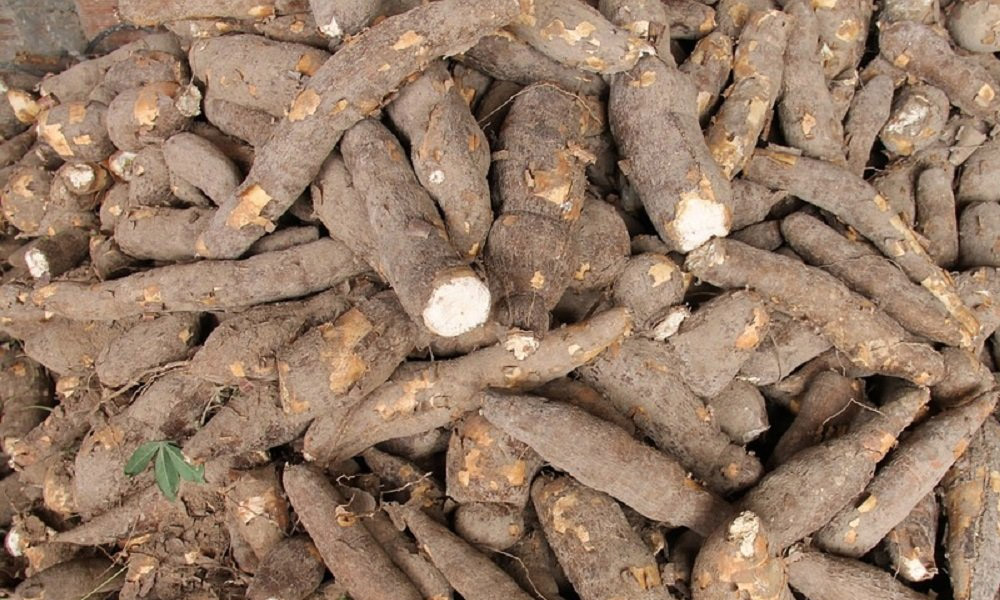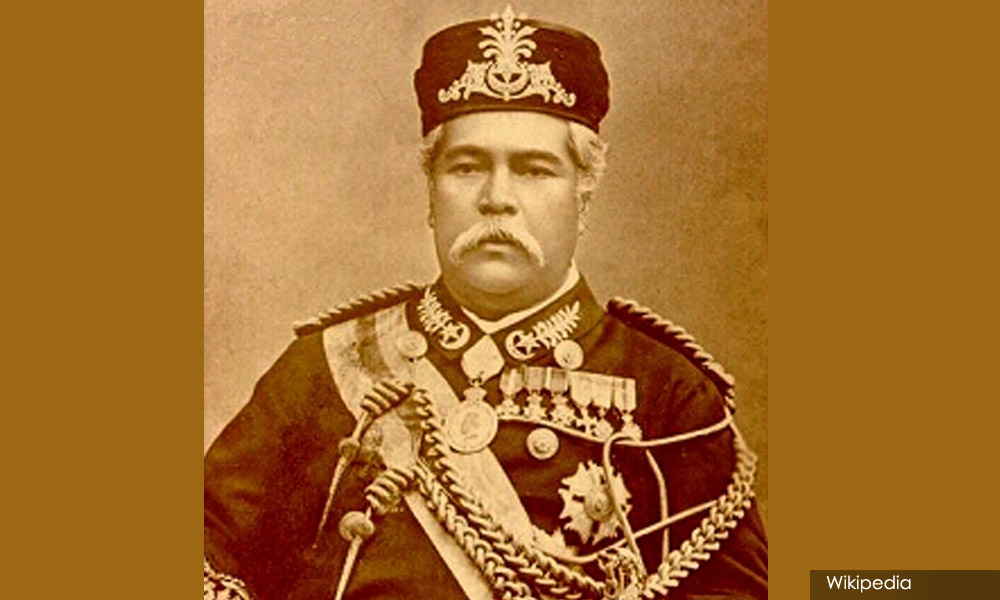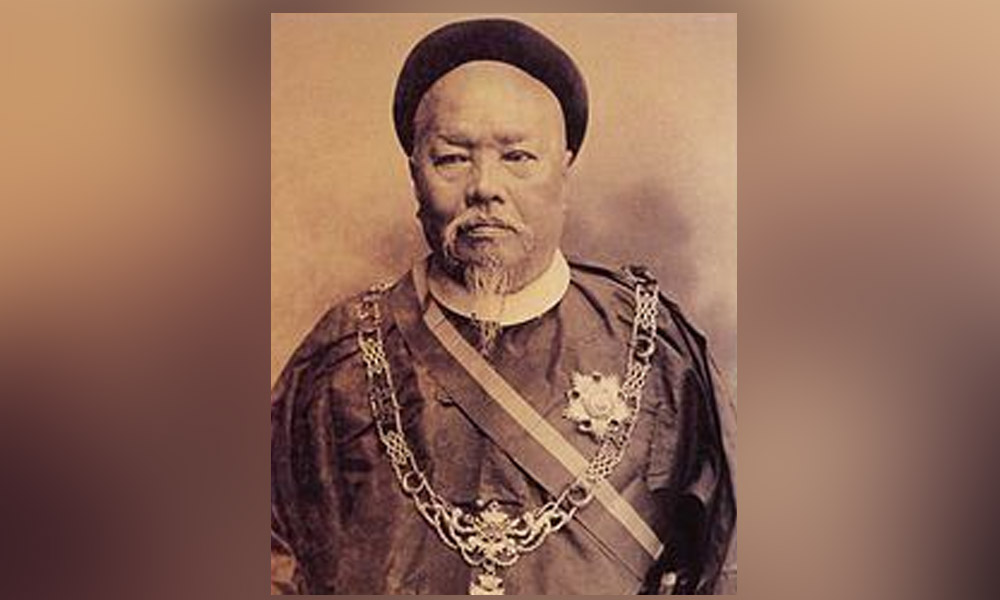HISTORY: TOLD AS IT IS | The Chinese community pioneered and dominated commercial agriculture in 19th-century Malaya by carving land from the jungle and planting export-oriented crops.
Chinese entrepreneurs and agriculturists pioneered sugar cane planting in Province Wellesley (now Seberang Perai) and Perak, tapioca cultivation in Malacca and Negeri Sembilan, and pepper and gambier cultivation in Johor, Malacca, Negeri Sembilan and Selangor. It is noteworthy that the value of tapioca, gambier and pepper exports was valued at well over $8 million at the turn of the 20th century.
Sadly, our current school history textbooks - unlike the earlier textbooks - are virtually silent about this pioneering effort and important role of the Chinese in the development of commercial agriculture in the Straits Settlements and the Malay states during the 19th century.
On a positive note however, recently the Sultan of Johor, Sultan Ibrahim Ibni Almarhum Sultan Iskandar, has rightfully acknowledged the significant role played by the Chinese in the economic development of Johor and asserted that they are part of “Bangsa Johor” and fellow Malaysians, not “pendatang” or immigrants. In the words of the Sultan of Johor, “The Johor Sultanate and the Chinese have a special relationship. They have played a pivotal role in the development of Johor. We appreciate their contributions.”
In the first decade of the 19th century, the Chinese pioneered sugar cane cultivation for the export of sugar on a small scale in Province Wellesley. The Chinese had a monopoly of sugar cane planting from about 1800 up to about 1846. From the 1840s, the Europeans opened up large sugar cane plantations with Indian labour.
Beginning from 1877, the Chinese extended the cultivation of sugar cane to Krian district, Perak upon the encouragement of Hugh Low, the British Resident of Perak. Sugar thereafter became an important export of Perak until the beginning of the 20th century.
From the mid-1850s, thousands of Chinese planters cultivated tapioca in Malacca. The land under tapioca cultivation increased from about 1,000 acres in 1860 to 19,900 acres in 1871 and reached a peak of almost 93,000 acres in 1882.
From the 1870s, tapioca cultivation was extended to Negeri Sembilan, initially in the Sungai Ujong area and subsequently in the 1880s to Rembau, Tampin and Kuala Pilah.

An interesting point to note is that tapioca was mainly exported to Britain where there was a demand for it as laundry starch and making desserts such as puddings. Tapioca remained an important cash crop until the end of the first decade of the 20th century when it was replaced by rubber cultivation. As stated by James Jackson, the annual export of tapioca was valued at over $2 million for a considerable period of time.
Pepper and gambier
Furthermore, Chinese entrepreneurs and agriculturists helped open up Johor’s jungle to cultivate pepper and gambier which were the mainstay of Johor’s economy until the end of the first decade of the 20th century. These pioneer Chinese agriculturists had mainly shifted from Singapore due to the shortage of land there for commercial crops.
It should be highlighted that the Johor government played an important role in facilitating the expansion of commercial agriculture in the 19th century. The establishment of pepper and gambier plantations by the Chinese in Johor gained momentum from the mid-1840s due to the encouragement by Temenggung Daeng Ibrahim (1841-1862). He cleverly introduced the “kangchu” system of cultivation whereby a Chinese headman, called the “kangchu” (“lord of the river”), was given control of each river where pepper and gambier were cultivated along its banks.
The kangchu held the land under a title - “Surat Sungai” (“river document”) - granted by the Malay ruler. He was recognised by the authorities as the headman of the Chinese in the “kangkar”, which in Teochew, literally means “foot of the river”. The kangkar comprised the riverine village headquarters of the kangchu and the area of land worked from the headquarters. Between 1844 and March 1862, 40 Surat Sungai were issued. Most of the kangkars were located in southern Johor, particularly along the rivers flowing into the Johor Strait.
Between the end of 1844 and mid-1845, about 52 new gambier and pepper plantations were established in Johor by the Chinese from Singapore with a workforce of about 500. By the early 1860s, there were about 1,200 gambier and pepper plantations in Johor, employing about 15,000 Chinese labourers.
Not many Malaysian students of history may know that Johor became the largest gambier producer in the world during the late 1880s. Gambier was primarily used as a dyeing and tanning agent in the European cotton and leather industries.

The Chinese cultivators, who were predominantly Teochew, caused little trouble to the authorities in Johor as all of them belonged to a single secret society - Ngee Heng Kongsi. It is interesting to note that the Ngee Heng Kongsi was recognised as a legitimate organisation by Sultan Abu Bakar (1862–1895) who decreed that all Johor Chinese should become its members and endeavour to maintain law and order.
Among Johor’s prominent kangchus were Tan Kee Soon, Tan Hiok Nee and Lim Ah Siang. In recognition of their valuable contributions to the economic development of Johor, there are roads named after them in Johor Bahru, Jalan Tan Hiok Nee (heritage street akin to Jonker Street in Malacca) and Jalan Ah Siang (named after Lim Ah Siang).
Valuable partners
Of great significance to nation-building, the Johor rulers regarded the Chinese as valuable co-partners in developing the state. In the words of historians Barbara Andaya and Leonard Andaya, the kangchu system was “the best example of Malay co-operation with Chinese investors and labourers.”
Both Daeng Ibrahim and his son, Sultan Abu Bakar, were enterprising and visionary rulers who wanted to open up Johor’s jungle to commercial agriculture and develop its economy. As aptly stated by Lim Pui Huen, both of them “showed much vision and shrewdness of judgement in harnessing the energy and entrepreneurship of the Chinese for the benefit of Johor. They devised ways of indirectly controlling the Chinese in a manner that fitted in with Chinese social practices while precluding potential sources of conflict.”

Due to the close and harmonious relationship between the Johor rulers and the Chinese community, Tan Hiok Nee was appointed “Major China of Johor” around 1870, the highest-ranking Chinese official. Subsequently, in 1874, he and Seah Tee Heng were appointed members of Sultan Abu Bakar’s 24-member State Council. The Johor rulers also allocated sufficient land to the Chinese for building their temples and cemeteries.
For the record, there were also large Chinese-owned gambier and pepper plantations in Malacca, Negeri Sembilan and Selangor beginning from the 1870s. Malacca, for example, had a total of 7,325 acres of land under gambier and pepper cultivation in 1897. Around 1905, gambier and pepper lost favour among the Chinese agriculturists, who turned to growing pineapple and cultivating rubber due to the increasingly high demand for these crops.
To conclude, we as “Keluarga Malaysia”, must rightfully acknowledge the roles played by all ethnic communities in shaping our present-day nation. Such a step helps to foster a sense of belonging and pride as Malaysians, particularly among our young. An important initial step towards this would be to give due recognition in our school history textbooks to the crucial role played by Chinese entrepreneurs and agriculturists in trailblazing and dominating commercial agriculture in 19th-century Malaya. - Mkini
RANJIT SINGH MALHI is an independent historian who has written 19 books on Malaysian, Asian and world history. He is highly committed to writing an inclusive and truthful history of Malaysia based upon authoritative sources.
The views expressed here are those of the author/contributor and do not necessarily represent the views of MMKtT.




No comments:
Post a Comment
Note: Only a member of this blog may post a comment.